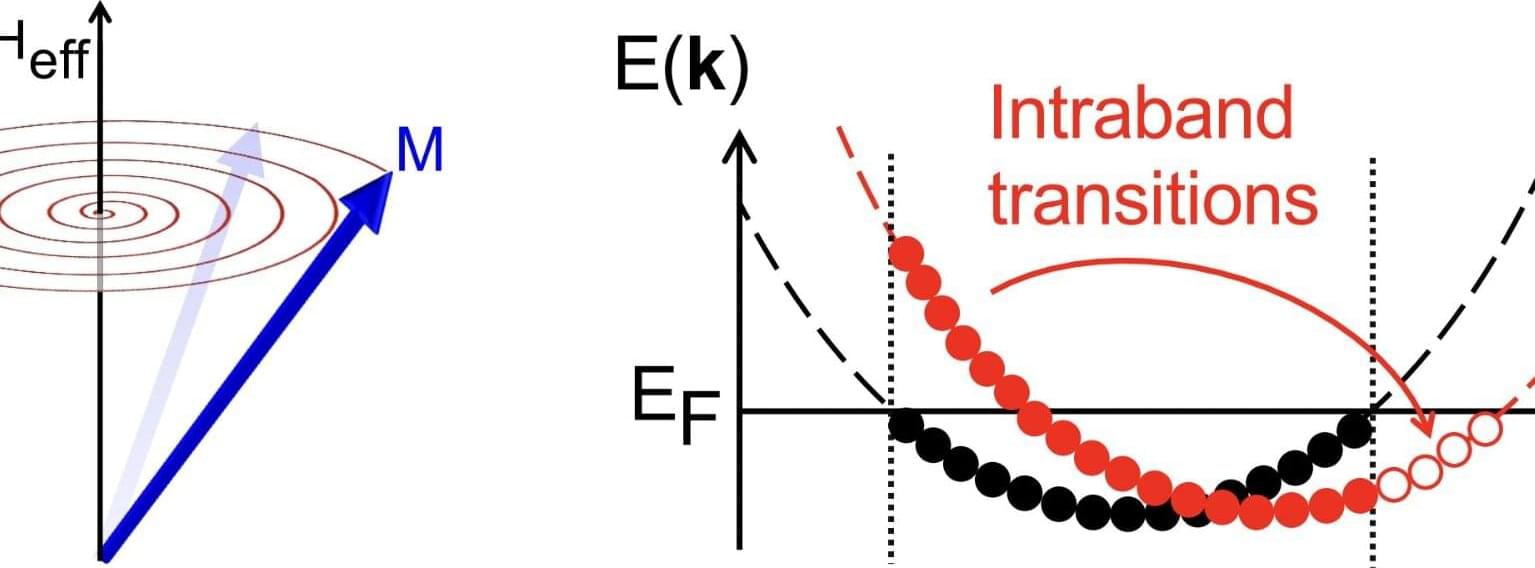Two-dimensional (2D) van der Waals (vdW) ferromagnets are thin and magnetic materials in which molecules or layers are held together by weak attractive forces known as vdW forces. These materials have proved to be promising for the development of spintronic devices, systems that operate leveraging the spin (i.e., intrinsic angular momentum) of electrons, as opposed to electric charge.
A crucial parameter in the context of magnetization is the so-called Gilbert damping coefficient, which indicates how quickly a material’s magnetization loses energy and returns to a state of equilibrium after being disturbed. A lower damping coefficient is more favorable for the development of spintronics, as it means that less energy is lost once a material’s magnetization is set into motion.
Researchers at Beijing Normal University, Shanghai University and Fudan University carried out a study aimed at better understanding the underpinnings of low Gilbert damping in 2D vdW ferromagnets.
